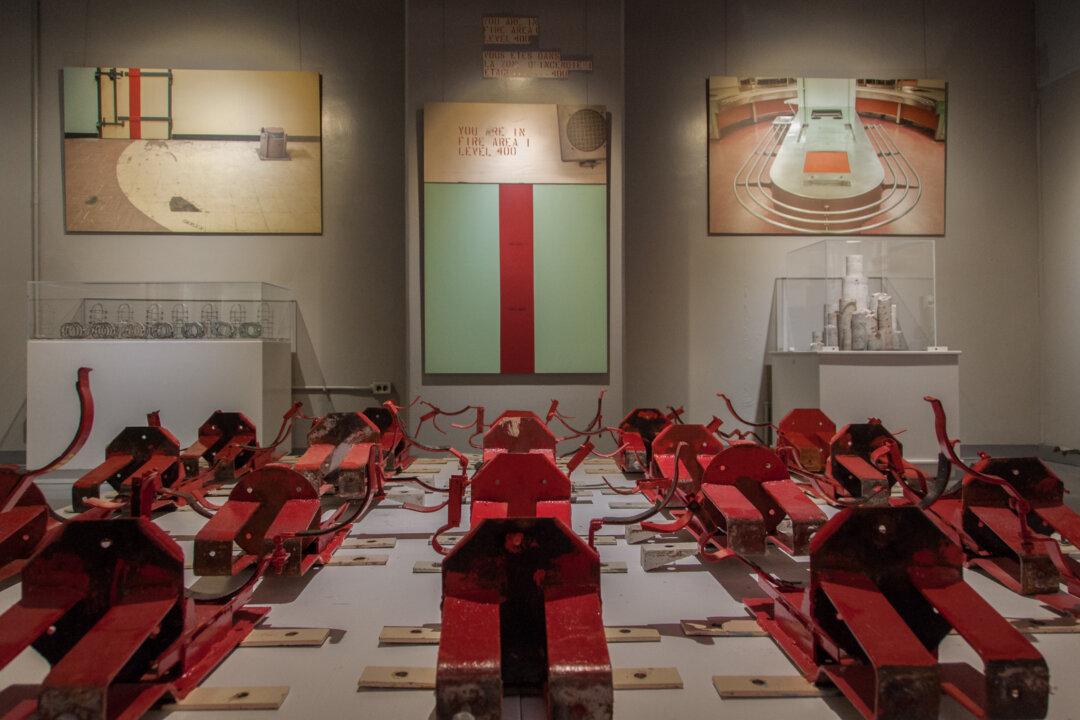The town of Almonte, a bustling arts community about 30 minutes from downtown Ottawa, was once the location of seven textile mills powered by the bubbling, tumbling, beautiful Mississippi River.
Today, the Mississippi, a tributary of the Ottawa River, provides energy for art galleries, summer walks and festivals, and good food. Current exhibitions and displays at some of Almonte’s galleries are attracting lots of day-trippers.
The Art of Quilting
At one end of Mill St., the town’s main street, and up a little hill to Mary St. is the Mississippi Valley Textile Museum. Its exhibition, “Inspired Creations by Almonte Crazy Quilters,” marks 25 years of the Almonte Crazy Quilters’ existence, founded by Marie Dunn, still a linchpin of the group.
The quilts on display this year in the large exhibition gallery of the museum are superb examples of both traditional piecework quilting—by hand and by machine—and quilts as storytelling narratives.
Traditionally, quilts were made by many hands, and a quilting bee was an important social occasion. The Almonte Crazy Quilters, whose membership ranges from 20-24, meet once a month. In some of their quilts, we can almost imagine bits of conversation underway at their meetings.
A quilt by Mardi Coady, for example, titled “Fenestrella” consists of four rows of patterned piecework. Hung near the entrance to the gallery, it is one of the first quilts the visitor sees. Its pattern suggests windows in rows—perhaps the windows of an old apartment building? In fact, “fenestrella” is an architect’s term for a niche in a wall.
“Defenestration,” on the other hand, means throwing someone out of a window. Who saw what from these vibrant blue and yellow windows? Was anyone there?
Further back in the exhibition hall one finds “Happy Villages,” a group of 10 quilted 14-inch squares presenting views of rooftops, chimney pots, and the blue sea beyond—views one might see looking through a window on a summer’s day somewhere far away. Ten of the Almonte Crazy Quilters made the village squares and credit the work of American artist Karen Eckmeier for their inspiration.





